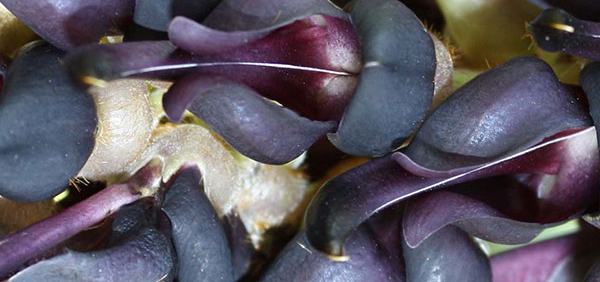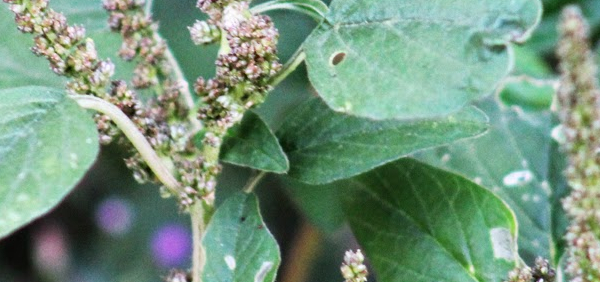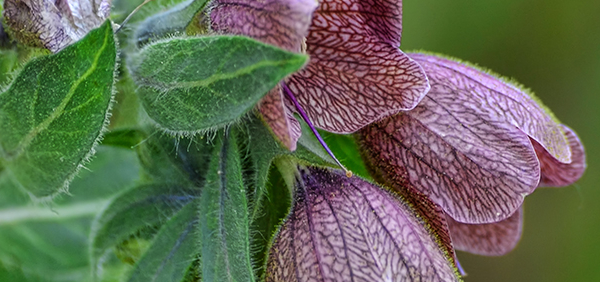trivrit :

STANDARDIZATION:
Organoleptic properties
Odour of roots is indistinct, taste is slightly pungent and nauseating when kept in mouth for some time. Mature roots of O. turpethum give grayish to light brown coloured powder.
Physical properties
Fine powder of Trivrit root bark should give nil foreign matter, total ash not more than 10 %, acid-insoluble ash not more than 1.5 %, alcoholsoluble extractive not less than 10 % and watersoluble extractive not less than 8 %.
Thin Layer Chromatography (TLC)
TLC of the alcoholic extract of O. turpethum on Silica gel G plate using Toluene: Ethylacetate (9:1) shows under UV (366 nm) three fluorescent zones at Rf. 0.08, 0.21 (both light blue) and 0.58 (blue). On exposure to Iodine vapour seven spots appear at Rf. 0.21, 0.41, 0.49, 0.58, 0.71, 0.90 and 0.97 (all yellow). On spraying with Vanillin Sulphuric acid reagent and heating the plate for ten minutes at 110°C seven spots appear at Rf. 0.21, 0.41, 0.49 (all light violet), 0.58, 0.70, 0.90 and 0.97 (all violet).
Phytochemistry
Root: bark of Trivrit is rich in turpeth resin consisting of 10% turpethin which is a glycoside analogue of Jalapine and Convolvulin and is
insoluble in ether, benzine, carbon sulphide and essential oils. Under the action of alkaline bases, thurpethin is transformed into turpethic acid, while it gets converted into turpetholic acid, Glucose and fructose in presence of hydrochloric acid.
Trivrit also contains Turpethinic acids- A, B, C, D, & E, some ether soluble resin, volatile oil, albumin, starch, lignin salts, ferric oxide,
Scopoleptin, Betulin, lupiol & beta- sitosterol. Turpethin is mainly responsible for purgative action of Trivrit and is an excellent & relatively safer substitute for jalap
- » Classification and names of trivrit
- » Synonyms and definitions of trivrit
- » Drug Properties of trivrit
- » Chemical Constituents of trivrit
- » Standardization of trivrit
- » Parts used and Dosage of trivrit
- » Morphology and Histology of trivrit
- » Distribution and Conservation of trivrit
- » Cultivation of trivrit
- » trivrit in the market
- » Medicinal Uses of trivrit
- » Researches and clinical trails of trivrit
- » trivrit in other sytems of medicine
- » Ayurvedic formulations with trivrit
- » Images of trivrit












